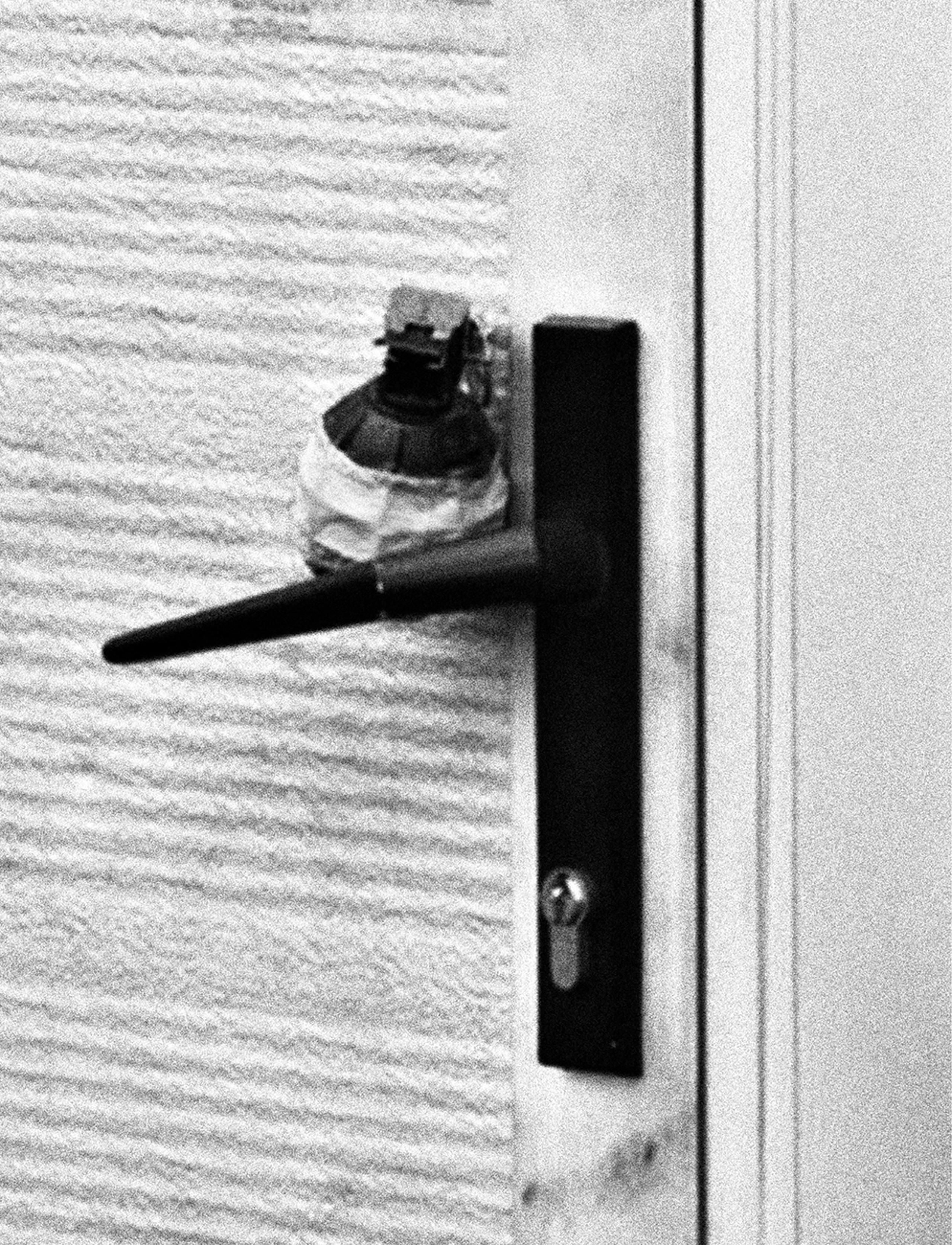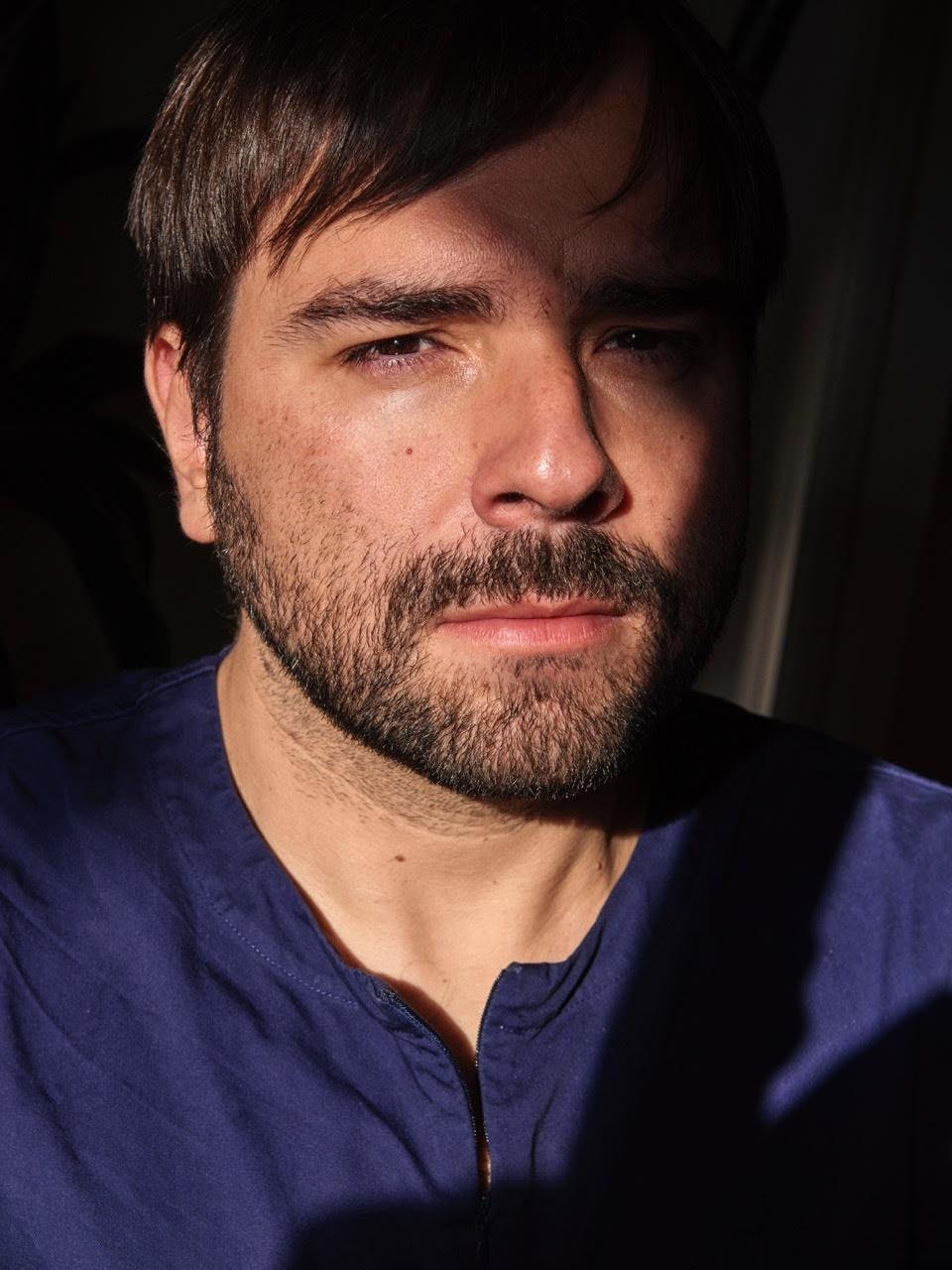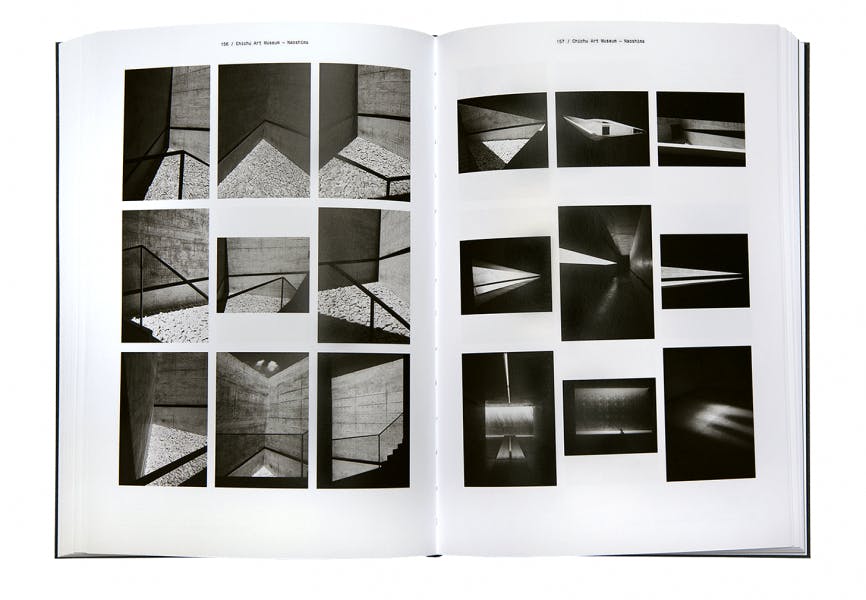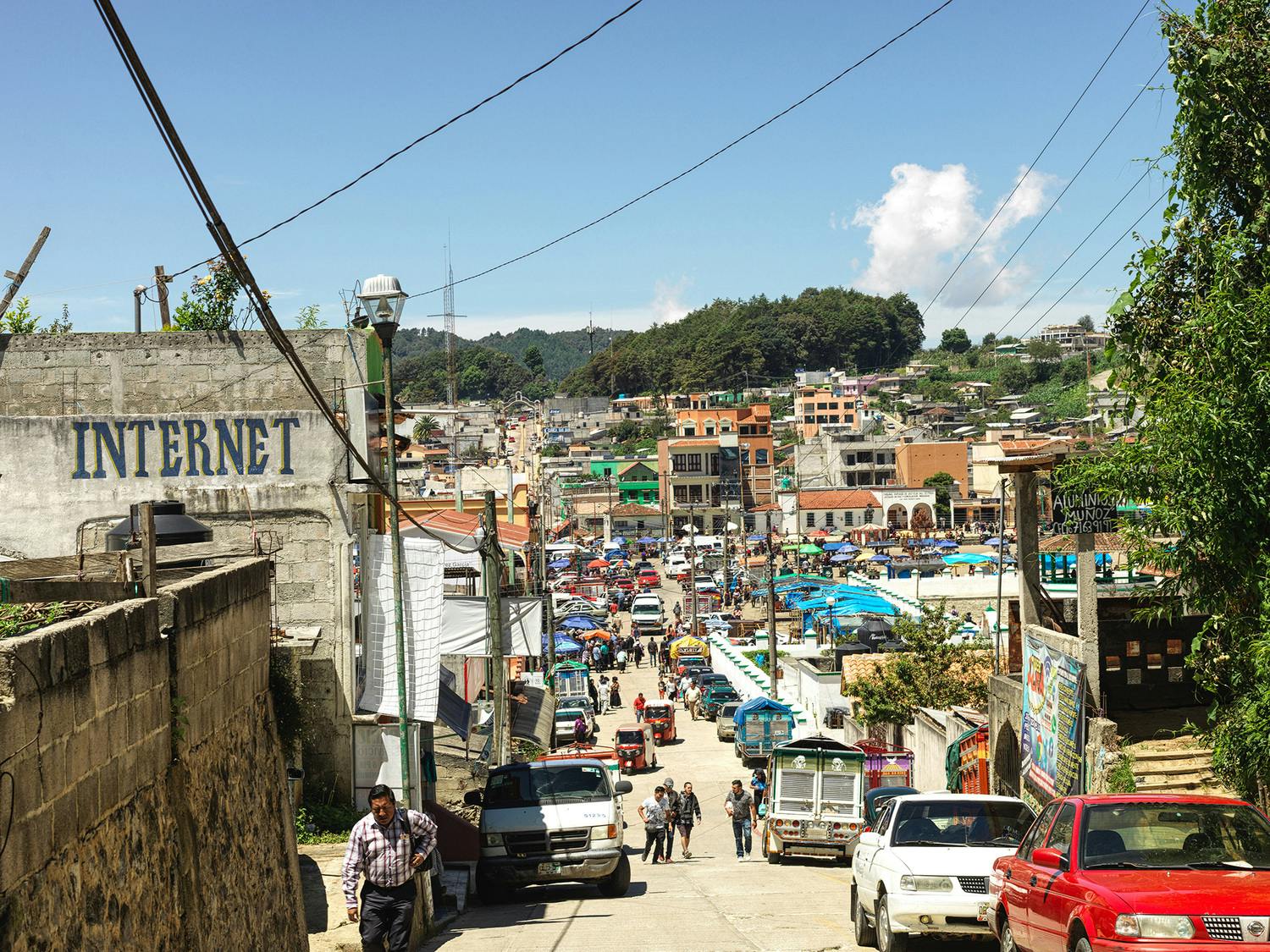
Photobooks Now!
550BC
September 27 2023, 4.30pm

Courtesy Giulia Parlato
The photography book scene is rich and vibrant. So is the landscape of independent publishers of photography books. But what role do they play in the diffusion of photographic art? What audiences are they aimed at, and what language do they use? Dimitri Milleri discusses all of this with Bruno Ceschel, an Italian writer, artist and lecturer.

Bruno Ceschel, photo portrait, courtesy the author
For Triennale Milano you organize Photobooks Now!, a series of meetings with independent publishers of photographic books, in collaboration with the Store run by the publishing house Electa. What prompted you to organize this event?
The starting point for the development of Photobooks Now! was the desire to map contemporary photography through a series of meetings with some of the most interesting independent European publishers, so as to illustrate the many styles of contemporary photography. The selection criterion was geographical heterogeneity (having publishers from different European countries), but also diversity in terms of form and content. We have ranged from photo-journalist publishers and self-publishers to publishers primarily dealing with fashion photography, such as Jurgen Maelfeyt, the founder of APE (Art Paper Editions). Generally speaking, independent publishers play close attention to developments in contemporary photography: it seemed natural to give them a voice, so that they could tell their story. With Jurgen, for example, we have highlighted how independent photo publishing has joined fashion magazines in generating commissions. Since photographic sequences that aspire to something more than the presentation of clothing no longer find much room in mainstream magazines, independent publishers have provided new destinations for such content.

A spread from the volume Atlas. Tadao Ando
What is the role of photobooks as a means of disseminating photography, compared to tools such as photo exhibitions or social media?
Photobooks remain the preferred medium for the dissemination of contemporary photography, because they allow a series of photographs to be presented and organized into a complex narrative, which can be structured as a sequence and placed alongside textual and design content. Attempts to create digital photobooks have failed so far, while social media such as Instagram do not ensure control over the context in which the photographs are placed: one example is feeds, which are determined by algorithms. Finally, exhibitions are not only more logistically and financially complex to set up, but often do little justice to the specific features of photographs. Rarely in my opinion are fashion or documentary photographs enhanced by being displayed within an exhibition. For these reasons, publishers, who are those producing the books, still hold the keys to the language of photography.
What is the target audience for photography books? What readership are they addressed to?
Very often photography books are not so readily appreciable, in the sense that the public needs prior knowledge in order to enjoy them to the full. Insofar as they seek to foster this familiarity with photography books, the Photobooks Now! meetings are aimed at a broad audience interested in art and design, or simply curious to explore such fields. The books by the publishers we propose are very complex objects and readers often need guidance in order to approach them. However, some of these books have an immediate visual impact. There are currently many of them in the Triennale bookstore, managed by Electa, precisely because someone might come along and be captivated by a volume, even without any intermediaries.
The other group of people we are addressing and who attend the meetings are young photographers and students who, on the contrary, are very interested in the world of independent publishing and often consider books a special focus of their work. This community is well represented in Italy and it is no coincidence that the first meeting was with Tommaso Parrillo, the founder of Witty Books, one of the most interesting Italian publishing houses and one that has allowed many Italian authors to establish themselves on the international stage.

Internet, Mexico 2019 da "Dizionario Vol.1" (2012-2022), Art Paper Editions 2023, courtesy Viasaterna
What can be done to bring people closer to the language of photobooks?
Both cultural and educational institutions need to act as intermediaries in this learning process through initiatives such as Photobooks Now!. It is important to create places of contact with publishers and artists, because in Italy many feel intimidated by this art form, which is paradoxical given that we are bombarded with photographs as soon as we turn on our smartphones. Photographic images play a key role in apps such as WhatsApp and Instagram. What is missing is a serious visual literacy project. The situation is different in France: photography is much more embedded in culture through festivals, exhibitions and specialist bookstores. We need to provide people with the means to interact with contemporary art, whether it be performance art, theatre or photobooks. With Italian museums continuing to offer mainly photographs from the 1950s or 1960s, it is impossible for people to acquire a taste for and understanding of contemporary photography.
Speaking of photography today: you have talked about the differences in the world of photography that the meetings organized for Triennale try to illustrate. Could you give us an example?
Take the meetings devoted to the publishers Spector Books and 550BC, two companies that can be described as polar opposites. Spector is a German publishing house that deals with visual arts and science, and we discussed with them the development of the complex and academic language of the books they offer. 550BC, on the other hand, is a Dutch publishing house that is almost a self-publisher. It is run by Pouria Khojastehpay, an Iranian visual anthropologist who delves into contexts such as the Mexican underworld and produces reportage instant-books. I think this is enough to give us an idea of the various facets of contemporary photography that Photobooks Now! aims to make people aware of.

Giulia Parlato, Empty Box, courtesy the artist
Photo publishing is constantly changing, as are other production sectors. Could you briefly share your view about the possible forms this change will take?
In a society subject to constant acceleration, both technological and cultural, the lean production and flexibility of independent publishing manages to respond to change more promptly. What has emerged from our initial meetings with publishers is that they produce books swiftly and more effectively than traditional publishing houses, using a leaner and more flexible production and distribution process. The world of independent publishing is a very vibrant one, which is fuelling the transformation of photography and lending voice to diverse and sometimes marginal communities that find no place in the mainstream.
Before saying goodbye, I would like to ask you what you make of the relationship between photography and new media. How will new technologies change the language of photography and the opportunities to enjoy it?
Augmented Reality and Virtual Reality certainly represent interesting opportunities for a new way to enjoy photography. But at the moment it seems to me that the technology which may have the most radical consequences is Artificial Intelligence. With the spread of AI there will be a revolution in the language of photography, a kind of earthquake whose consequences we will witness in the near future, in terms not only of means of expression but also of privacy and copyright issues. By nature, I am not afraid of the future and technology: I think we are living in exciting times – a stormy sea that is beautiful to gaze at.